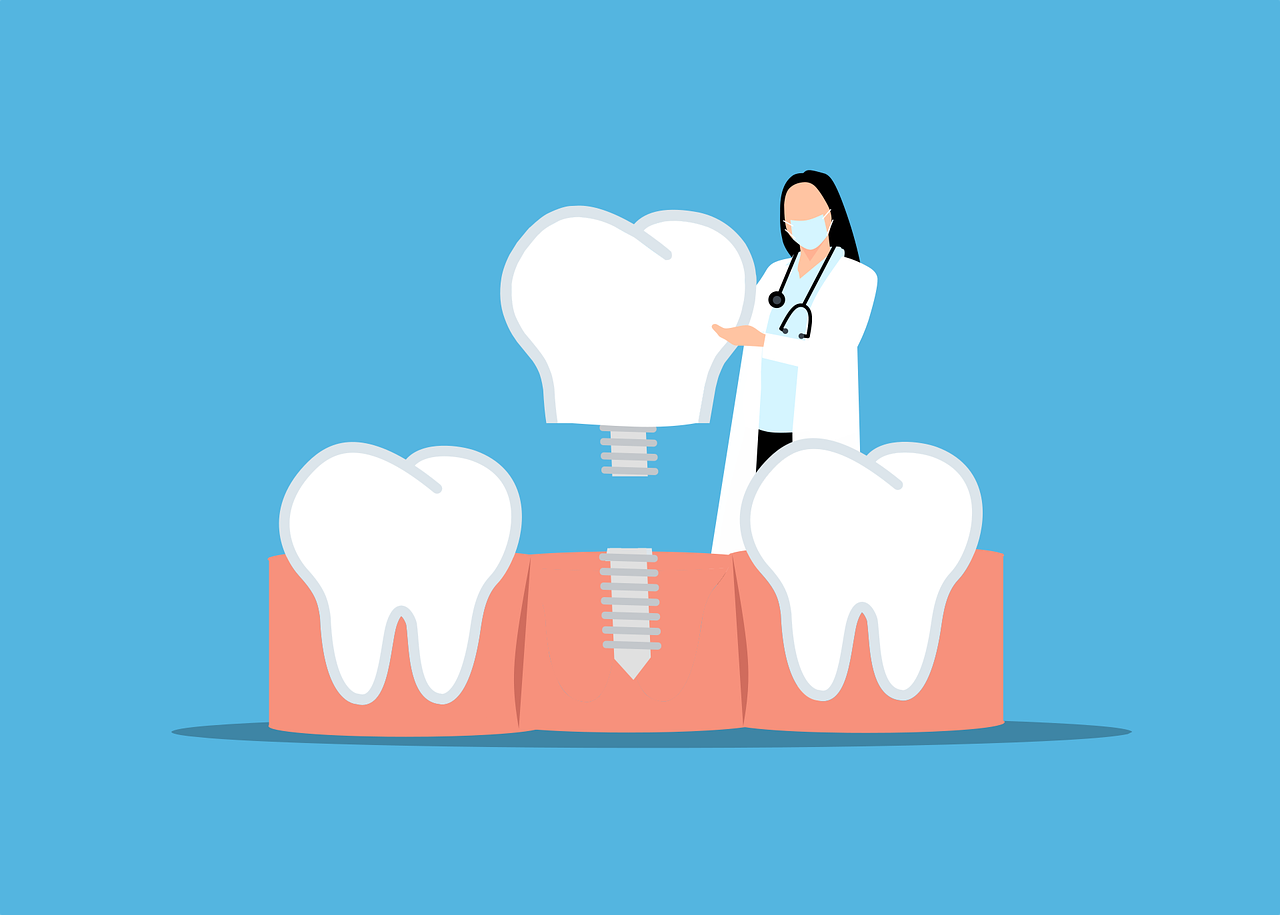 The Top Markets for Dental Implants Right Now
The Top Markets for Dental Implants Right Now
Where are the biggest opportunities in implants right now?
Firstly, let’s look at where the opportunities aren’t for full-arch implants right now and that is in the top 40 biggest markets in the U.S.
If you don’t already know your Nielsen DMA number, it’s time to find out WHERE you sit on the DMA list for the country. This is a OBJECTIVE quantifier of local market size from biggest to tiniest.
This categorization was developed both to circumscribe and name geographic areas that belong together when targeting advertising and as a ranking system that impacts the cost to purchase media for a particular sized market.
(By the way, you can see your rank here.)
Challenges for Top Implant Markets
If you live in a top 40 media market, here are the headwinds you face:
1. Google ad costs are routinely ‘upside down’ in returns.
This means it can be difficult to make a return on a per case basis due to the acquisition cost. Clicks and CPC are basically distractions—the number that one really needs to understand—is what was the final cost to acquire a case from a particular media type.
Was it $500, $750, $1000 (costs that are possible now in non-top-40 markets with network TV) or did it cost $3000, $4,000, $6,000, or ??? via Google (also very common numbers!).
As an example, in LA, a full arch case via Google now routinely costs $6,000 or more just to acquire it. At this acquisition cost, it’s difficult if not impossible to make a sufficient return to play the implant business game. Regular crown and bridge is more profitable!
The corporate players are now bidding ad costs up INTENTIONALLY to drive everyone else out of the market. They always have 2 big media types at play – TV, direct mail, radio etc. PLUS digital while most dentists are digital only. As a result of making the digital ads impossible to get a return on—the corporate player owns the market as they drain the small practice digital budgets and then clean up with traditional media that’s running in tandem with their Google ads.
2. Full-arch implants (AOX) is no longer special.
Yes, you believe you do it differently with more caring and skill and high tech yada yada blah blah blah. But there are another dozen docs advertising the exact same message in EVERY top 40 market. The patient has no clue if any particular ‘expert’s’ yada yada blah blah is any different than the doc next door.
3. The advertising docs are the ones you might be aware of but there is an even bigger crowd.
This crowd includes other docs who don’t advertise but do the AOX procedure in their office. This is approaching 50% of the provider population in big city markets.
In years past, patients would realize their ‘regular dentist’ didn’t do major implant procedures and they would jump ship to go to a doctor who offered the service. Now, be they qualified or not, many docs do these procedures in office and the patients stay with them.
Yes, of course there are still cases in these Top 40 markets BUT it’s not what it was 10 years ago. If it’s your dream to treat more of these cases and you reside in a top 40 market, it’s still worth a discussion BUT the enthusiasm must be tempered with a realistic eyes wide open assessment.
I’m the only guru who doesn’t sugar coat the reality of the local market headwinds in these big markets. Everyone else in this business just wants to close a sale. I’d rather have docs fully informed even if that means it kills a sale and the doc can keep his revenue stream for other purposes besides aiming for something truly unrealistic for the local environment.
Now… let’s move on to where the opportunities are much greener, which means everything AFTER the top 40 market ranking.
Advantages of Lower-Ranked Markets
Here’s what starts to happen as one goes downward into 2nd and 3rd tier population areas in the DMA rankings.
1. Competition is greatly REDUCED.
There are FAR FEWER docs who do full arch implant (AOX) procedures. Many GPs are quite content being busy doing regular dentistry and they don’t need to expand the service list to pay the mortgage and live the good life. So, they don’t.
Furthermore, dentists who live in smaller environments tend to be more relaxed and not as over the top driven as docs in big cities who want to build empires.
2. Google ad costs open up television ad opportunities.
Google ad costs may still be out of control (Aspen and Affordable dentures are still alive and bidding up digital ads costs in almost every market in the U.S.), what starts to happen is access to earth shattering practice changing media like network TV opens up from an affordability perspective. This provides a better way to reach a motivated implant patient and to leverage emotional messages that are far superior to digital ads which lack emotion. This one fact can turbo charge the case flow at a very reasonable acquisition cost.
3. There are far fewer advertising dentists for full-arch implant services.
ESPECIALLY those willing to really go big with the public messaging which is the key to a higher volume of cases.
Now, while these differences are massive for the opportunity available, the irony is that not many docs in these smaller markets are all that interested in full arch implants. That fact is also a multiplying factor of opportunity for a doctor with just a tiny bit of ambition.
So….
If you are in a non-Top-40 market and are at the point where you really want implants to be a bigger part of your operation, that desire is far more accessible to you than someone in a Top-40 market and we should talk sooner versus later.
If you are in a top 40 market, and want an honest assessment of the reality on the ground—even if that costs you a few hundred bucks—why not get the facts before you waste $100K chasing something that might not even be possible?
On either front, let’s plan a time to speak. First time discussion calls are free*. To book, go HERE.
*First time discussion calls are complimentary. NYC metro, Chicago metro, greater LA, SF Bay, DFW and Houston metro incur a small discussion fee.



